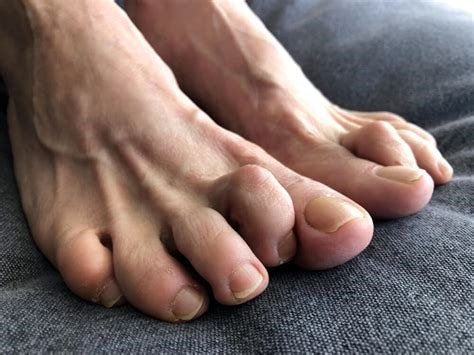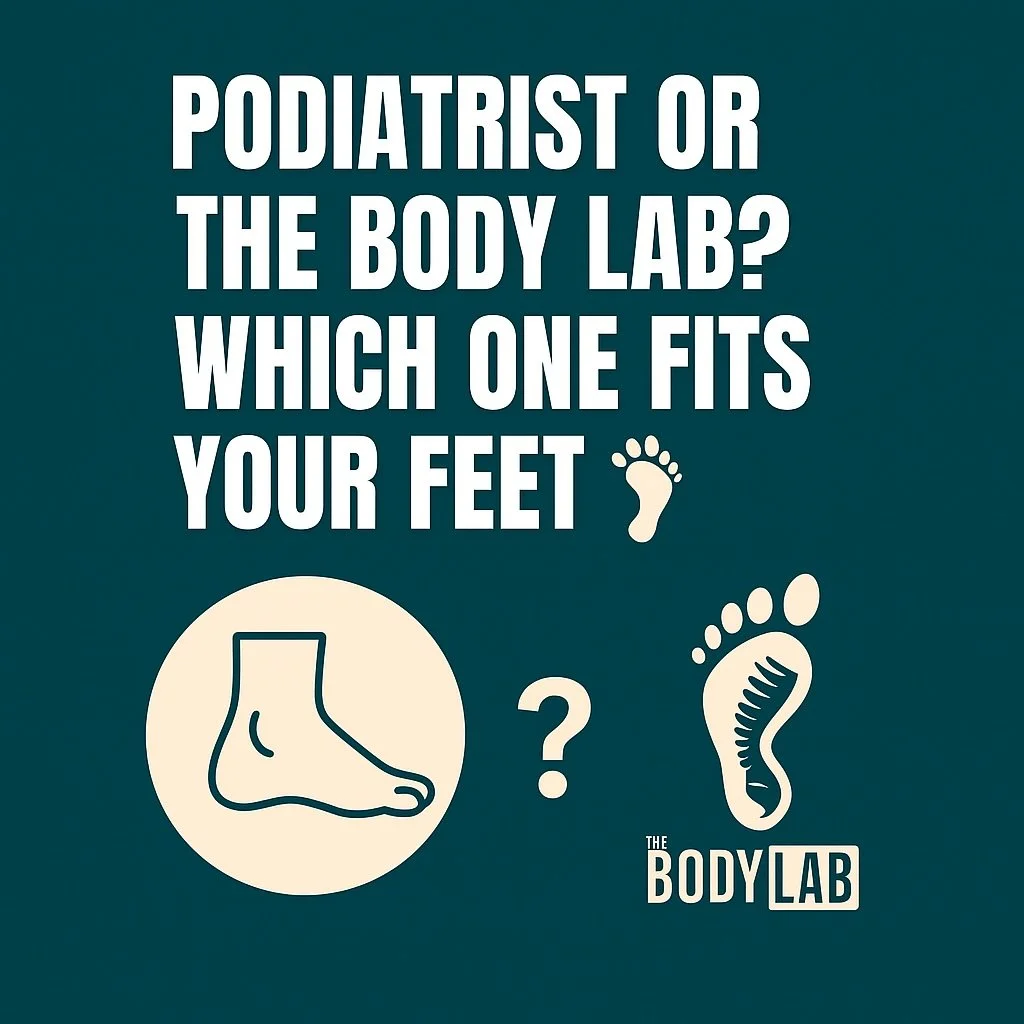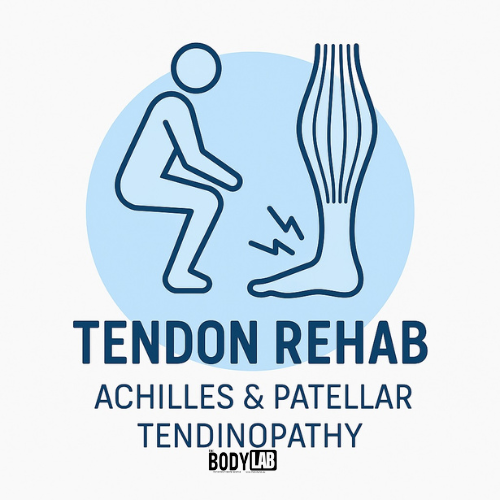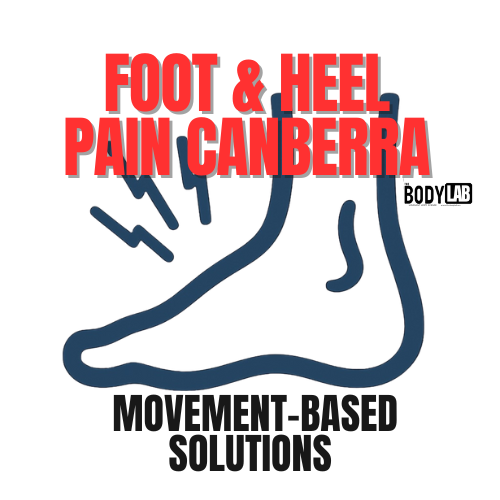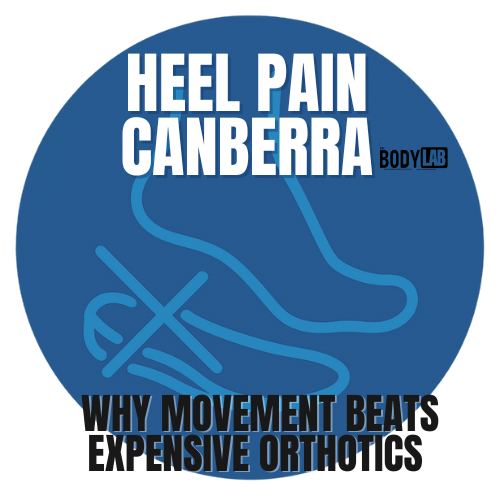The Causes of Hammer Toes
Hammertoes, a common foot deformity affecting approximately 3% of all adults over the age of 21 in the United States, can cause significant pain and discomfort. Typically occurring in the second, third, or fourth toe, hammertoes are characterised by a bent middle joint, resembling a hammer. It is important to comprehend the causes of hammertoes in order to effectively prevent and treat this condition.
Hammertoes are observed more frequently among women than men. Although they can superficially appear to be a purely cosmetic issue, hammertoes are far from that. They can be incredibly painful, and if left untreated, the affected joints may become stiff and eventually immobile. Additionally, the tops of the affected toes often rub uncomfortably against footwear, leading to the development of corns and calluses.
This article aims to delve into the diverse factors that contribute to the development of hammertoes, as well as offer practical tips for prevention and treatment. By gaining a comprehensive understanding of this condition, individuals can take proactive steps to minimise its impact on their lives.
WHAT IS A HAMMER TOE?
A hammer toe is where there is bending at the first joint in toe, called the proximal interphalangeal joint. There are tow types of hammer toe - flexible or rigid.
The two types can be assessed by the flexibility and movability of the toes joints.
With applied pressure the Flexible hammer toes are still moveable and can be straightened, these are less severe. Unfortunately, even with applied pressure the Rigid hammer toes cannot be straightened and may require more invasive treatment.
WHAT IS THE DIFFERENCE
The Mallet Toe, mostly commonly seen in the 2nd and 3rd toes and makes the joint at the end of the toe buckles. This sometimes causes blisters to form underneath the nail bed.
The Claw toe, as the name implies, the two toes joints bend in a claw fashion and the top joint may rub against your shoes causing callouses.
The Hammer Toe, mostly commonly seen in the 2nd toe which makes the toe bend at the first joint. This may cause corns to develop as shoes can rub and place pressure as it rubs on the top joint.
Anatomy of the Foot and Its Role in the Development of Hammertoes
Hammertoes can occur from imbalanced foot muscles and tendons. Tight shoes, especially high heels, and certain foot structures can lead to hammertoes. Understanding foot anatomy is crucial. Various factors like injuries, arthritis, and foot arch can disrupt foot structure. Ill-fitting shoes and high heels can worsen hammertoes. Hereditary factors can contribute too. Preventive measures include wearing properly fitted shoes with wider toe boxes and lower heels.
Addressing hammertoes involves various treatments, like therapy to strengthen muscles and elongate tendons. Orthotic devices, such as toe splints or custom shoe inserts, may be recommended. Severe cases may require surgical intervention. Understanding causes and making informed choices regarding footwear can prevent and treat hammertoes, minimising the impact on foot health.
Symptoms of a hammertoe may include:
Pain on the top of the toe, which may worsen with pressure or shoe rubbing.
Redness and swelling of the toe joint.
Rigidity of the toe or painful motion of the toe joint.
Formation of corns or calluses on top of the joint.
Pain on the tip of the affected toe.
Difficulty walking.
With severe hammertoes, open sores may form on top or at the tip of the affected toe.
WHAT CAUSES A HAMMER TOE?
Hammer toes happen when the muscles, tendons, and ligaments around a toe get out of balance and can't keep it straight. If the toe stays bent for a long time, these parts become stiff and fixed in that position. They are more common in the 50s and 60s, so they get worse as you get older. But they can be caused by toe injuries at any time.
Here are some things that can lead to hammer toes:
Foot problems like bunions, broken toes or heel pain.
Medical conditions such as diabetes, arthritis, joint inflammation, and certain nerve conditions
Wearing shoes that are too tight
Toe injuries or damage to the plate under the foot
Having a longer second toe
Being female, since it affects women more often
Family history
Reduced mobility sometimes as you get older
TREATMENT FOR HAMMER TOES
If you have any pain, you should see a medical therapist for treatment. Hammer toes take a long duration to occur and are progressive in nature. It is always advisable to look at your feet and see what is occurring ing down there, if left untreated they can become rigid and may require complex treatment to correct.
How can a I help with a hammer toe? First, I will check to see if there are any other problems or injuries. I will do a detailed assessment of all your bones and joints in your foot to see how the entire foot is functioning. This may include your knees and lower limb function. During your first visit, I will listen to your concerns and understand your past medical history to assess how your body has managed to create your hammer toe. Then suggest treatment options based on your needs and information.
Most treatment of hammer toes is non-surgical, and the majority of clients find relief from it.
References:
Winell JJ, Davidson RS. The foot and toes. In: Kliegman RM, St. Geme JW, Blum NJ, Shah SS, Tasker RC, Wilson KM, eds. Nelson Textbook of Pediatrics. 21st ed. Philadelphia, PA: Elsevier; 2020:chap 694.
Murphy AG. Lesser toe abnormalities. In: Azar FM, Beaty JH, eds. Campbell's Operative Orthopaedics. 14th ed. Philadelphia, PA: Elsevier; 2021:chap 84.
Montero DP, Shi GG. Hammer toe. In: Frontera WR, Silver JK, Rizzo TD Jr, eds. Essentials of Physical Medicine and Rehabilitation. 4th ed. Philadelphia, PA: Elsevier; 2019:chap 88.

